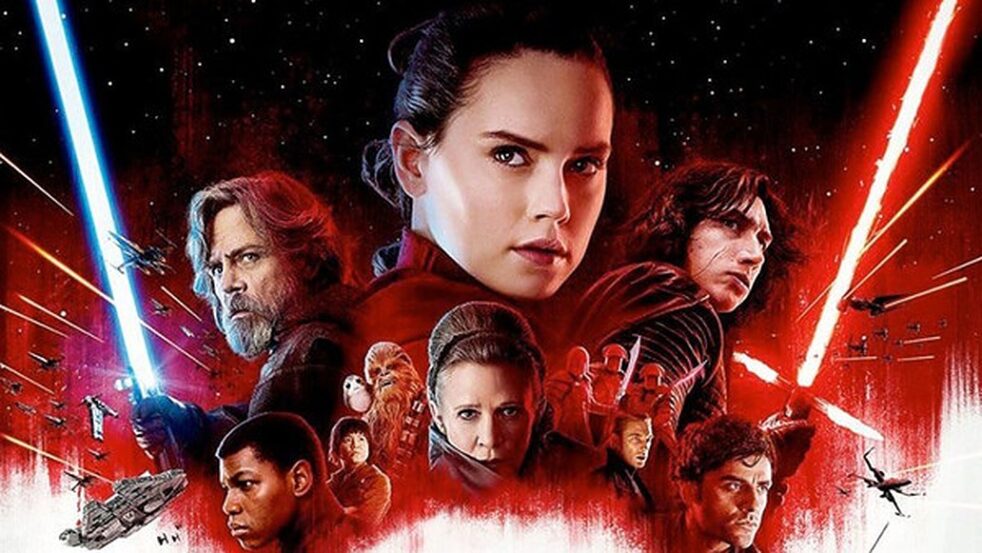“Showmanship, George. When you hit that high note, you say goodnight and walk off.”
This advice, offered by Jerry Seinfeld as a solution to another one of his friend George Costanza’s almost continuous workplace dilemmas, provides some sound guidance for any creative venture. Seinfeld demonstrated he understood the wisdom of his words beyond the film set when he opted to end “Seinfeld” after nine seasons, despite high ratings and lucrative offers to continue the show.
Seinfeld prioritized the quality of his work rather than financial gain. It is far better to leave fans clamoring for more than continuing until they are longing for this spectacle to end.
In today’s world of streaming and mega-franchises, however, few creators take this approach. Examples abound of shows or movies being rebooted, spun-off and given sequels until several layers of subpar content tarnish an otherwise likable and novel original.
The underlying reasons for the dearth of original ideas produced by film studios boil down to economics. In a time when movies are more capital intensive than ever before, studios necessarily become risk averse. A new, unproven concept presents a much larger risk than the safe returns guaranteed by a sequel to a successful movie.
Additionally, reboots provide a viewer with familiarity in an uncertain world, making them a comforting experience. This same point applies to television shows, with streaming services locked in an arms race for content to fuel subscriptions. Tapping into nostalgia makes financial sense, but oftentimes quality and creativity take a back seat as studios imitate the original in formulaic ways.
A recent viewing of “Rambo III” made this point painfully apparent. The original “Rambo” resembles a fairly typical 1980s action flick, but also contained some emotionally compelling characters along with interesting undertones on how society treats returning veterans.
In each successive “Rambo” movie, the focus shifts away from the characters towards over-the-top action bolstered by flimsy, repetitive plots. While seeing a shirtless, shredded Sylvester Stallone take down hundreds of bad guys tickle my more primal instincts and motivates me to do a few more reps at the gym, it hardly makes for a memorable work of art.
Other perversions of original works occur when the creative force behind the production passes the torch to someone else. Gen Z’s favorite cartoon, “Spongebob Squarepants,” experienced this phenomenon when creator Stephen Hillenburg, an actual marine biologist unlike George Costanza, walked away from the show in 2004.
Determined not to lose their top revenue generator, Nickelodeon kept producing the show. This resulted in an instant drop in quality and over fifteen years of a Bikini Bottom devoid of the witty humor that made the original seasons classics.
“Star Wars” suffered a similar fate after J.J. Abram’s horrific butchering of George Lucas’ creation.
What will save us from the dystopian future where we are doomed to watch the same handful of repackaged movies and shows forever?
In some instances, artists could negotiate clauses in their contracts giving them more control in production decisions, allowing them to end the franchise when the quality and endearing qualities of their original creation begin to fade.
Consumers likely have a larger role to play. Collectively, they could signal through our purchasing habits that they desire new, original ideas rather than rehashes of decades-old ones.
Both solutions seem unlikely, however, due to the powerful economic considerations for studios and our blinding nostalgia.
On this latter point, I must confess. I’ll be the first in line to see “Top Gun: Maverick,” despite the trailer featuring a nearly sixty-year-old Tom Cruise and scenes ripped almost straight from the original film.
At least we will only have ourselves to blame when we settle down into a crummy theater seat to see Star Wars Episode XXIV: The Rise of Grogu.
